After a long summer of glorious sunshine and topical temperatures the new academic year us upon us. Ok, so it may not have been that warm, or in fact that sunny, but that has not stopped us from getting on with our research.
To start with the PhD office has had a bit of a refurb, with a new coat of paint adorning the walls. As well as this, the wall, if you could call it that, between the two half’s of the room has been made permanent giving the PhD’s some piece and quite from the (excited?) undergraduates. At the same time the room was expanded to accommodate a further 8 desks, which brings me on to the next news..
Following the successful award of the DREAM CDT amongst other things, a total of 7 new PhD students are due to start in the coming weeks across both the geospatial engineering group and the geodesy group, meaning those new desks will soon be filled with excited and ambitious students.
And to round off the news on PhD students, Shaun Brown, Daniel Caparros-Midwood and Stephen Obrike have submitted or are about to, with both Shaun and Dan taking jobs up earlier in the year. All have clearly been making full use of their time, submitting within two weeks of their deadlines. A with all PhD submissions, the final step is the photo..
That’s all the PhD news for now, and more posts will follow on other activities during the summer and throughout the autumn. We have been busy…honest…

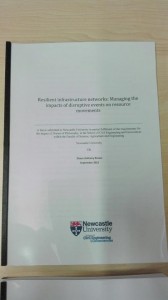
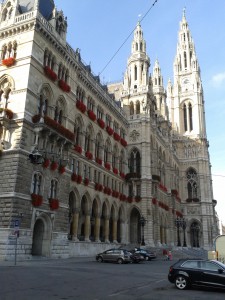
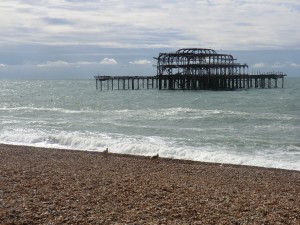
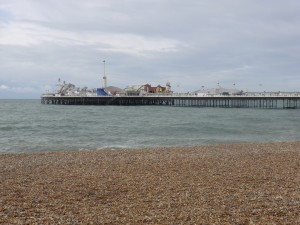
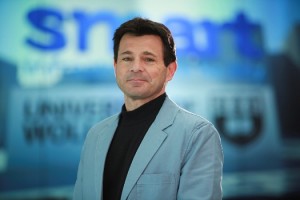 How will current socio-demographic evolution affect future transport patterns and traffic conditions?
How will current socio-demographic evolution affect future transport patterns and traffic conditions?